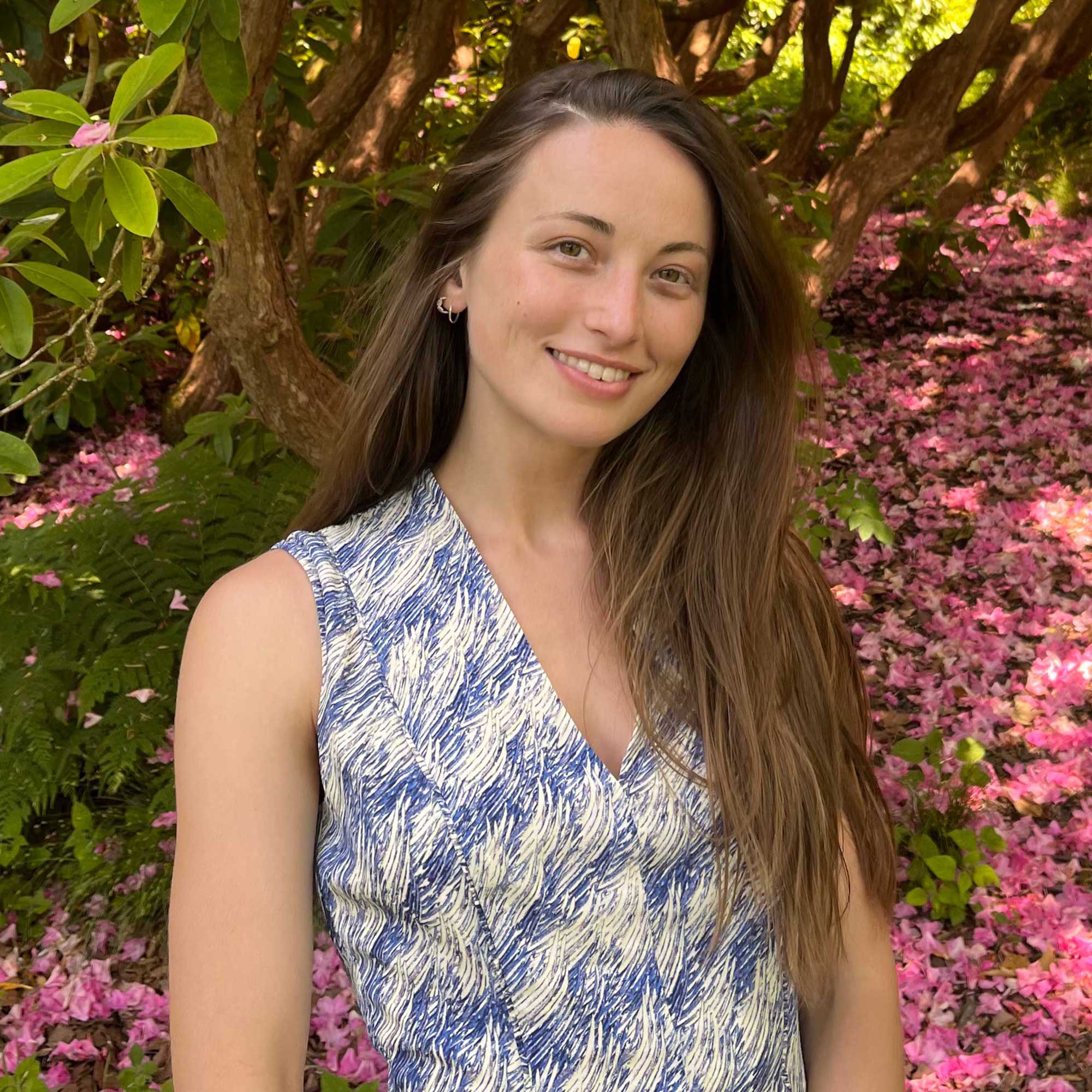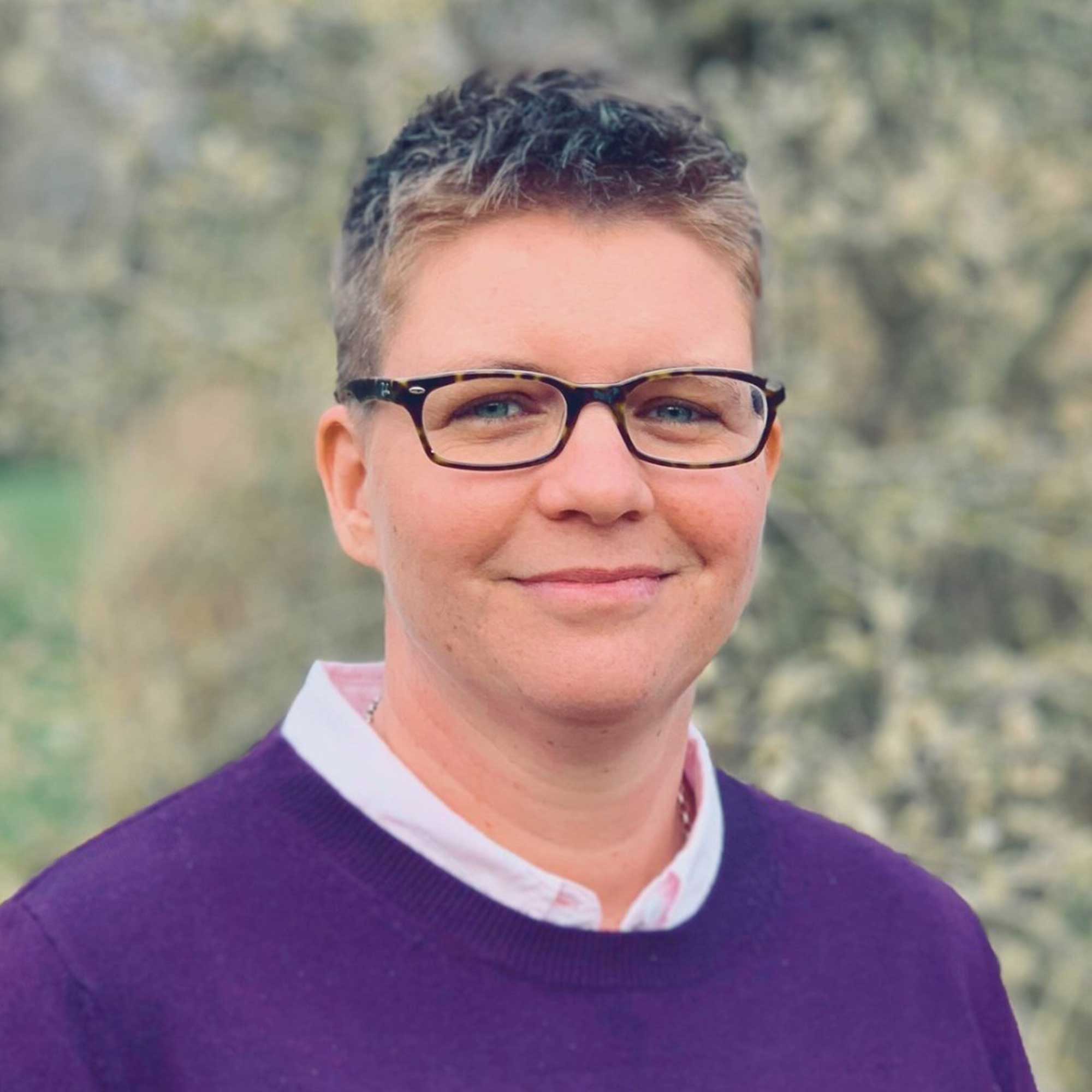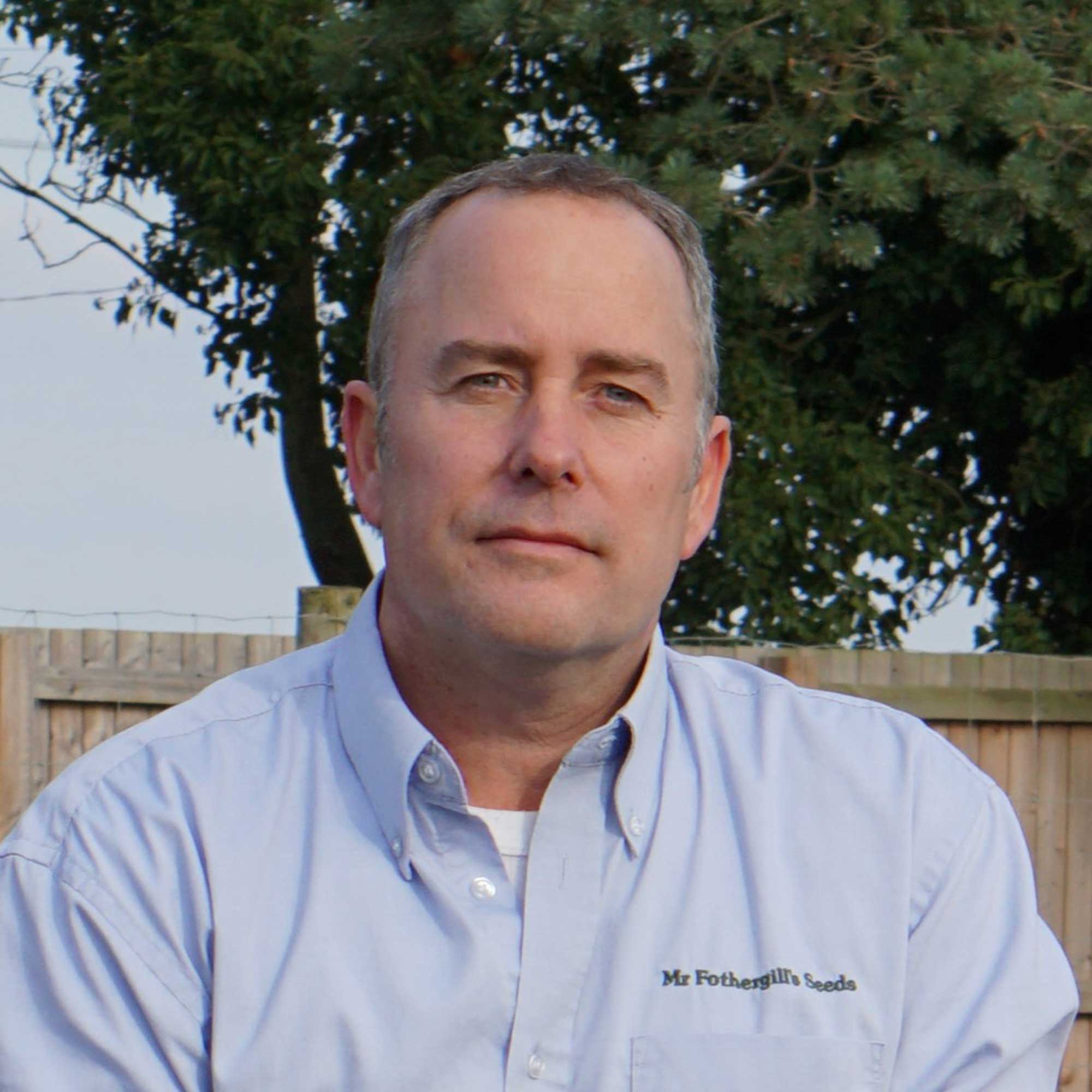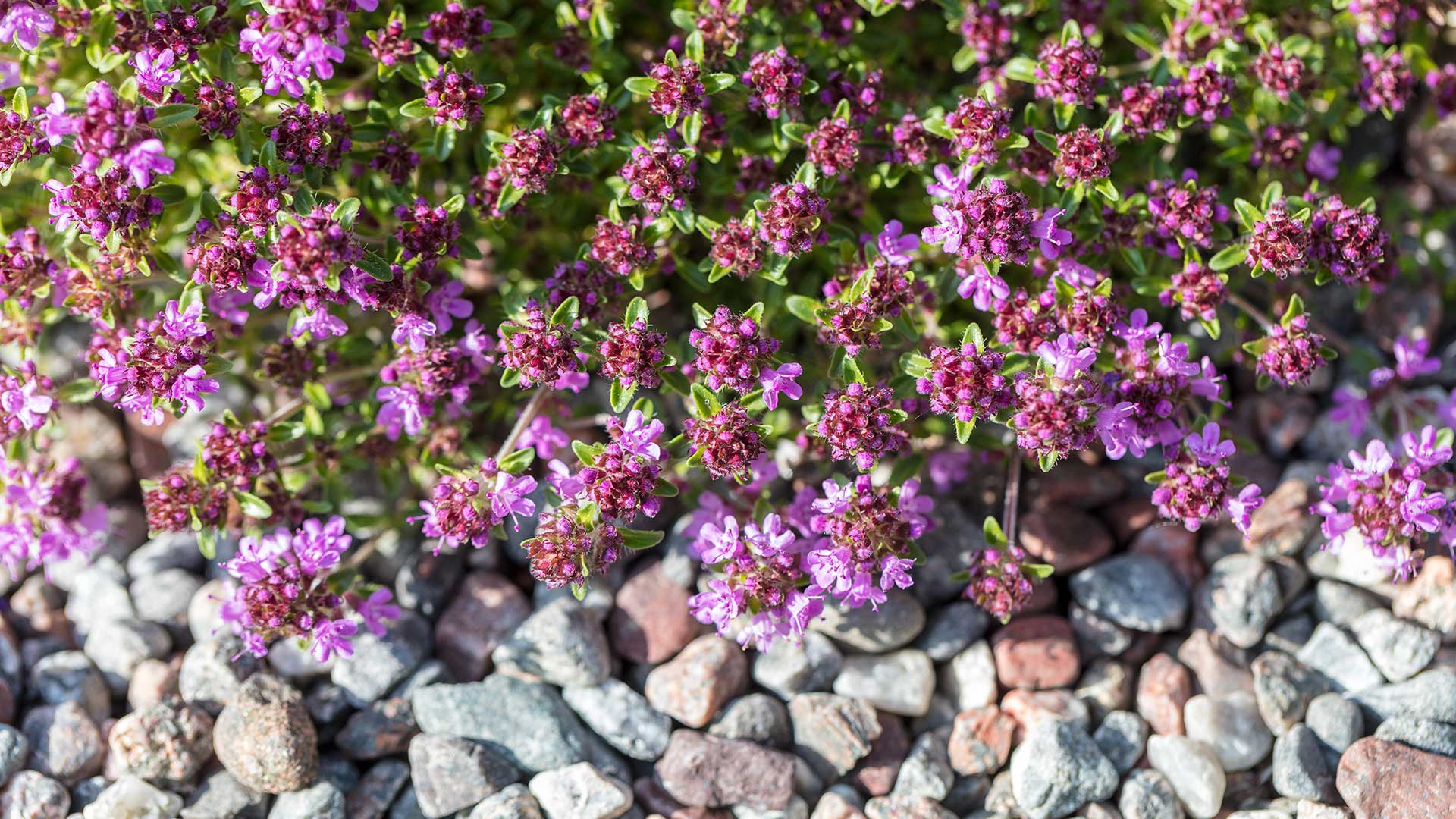8 pretty and low-maintenance rockery plants recommended by experts
Gardening experts share suggestions for the best rockery plants, from flowering ground-covers to striking succulents


A rock garden filled with the best rockery plants is a beautiful addition to a sunny outdoor space. Not only do they look great, but they're undemanding, too, as suitable plants tend to be drought-tolerant once established.
Rockeries complement a variety of garden trends, including Mediterranean garden schemes. And, as garden designer Melanie Hick points out, they can be as small or as large as you desire.
This makes them an ideal way to create a striking outdoor feature, whether you have a large bed or border to play with, a small courtyard, or even a balcony, she says.
There are many plants to choose from that will thrive in this sort of environment. So, to narrow down the list, we chatted with gardening experts to find out their top recommendations. Plus, you'll find a simple guide on how to build a rock garden, too.

Melanie Hick is a Melbourne-born, London-based bespoke garden designer specialising in creating beautiful spaces with sustainability and climate consideration built into every layer of their creation. As a lifelong gardener and lover of the great outdoors, Melanie passionately believes in helping people to get the most out of their gardens, using them to connect deeply with nature and each other.
8 of the best rockery plants to grow in your garden
Whether you're looking for fantastic colour, stunning succulents, or easy-care ground-cover, there's something for everyone in this mix.
1. Alchemilla alpina

Garden designer Harriet Worsley recommends this alpine version of Alchemilla mollis
Garden designer Harriet Worsley is, in her own words, "slightly obsessed with rockeries".
"Many of the plants that grow best there are alpines, which are often the plants we know and love – but miniature low-growing versions," she says. "Alpines are native plants from mountainous regions, which are often cold, dry, and windy and have little water."
Sign up for the woman&home newsletter
Sign up to our free daily email for the latest royal and entertainment news, interesting opinion, expert advice on styling and beauty trends, and no-nonsense guides to the health and wellness questions you want answered.
Her favourite place for inspiration for rockery plants is the Royal Botanic Gardens, Kew – "they have incredible varieties in the rock garden and the alpine house. Not all are available in every garden centre, some are rare, but it’s fabulous to go to the gardens to get ideas," she says.
Harriet also likes to take ideas from nature when doing planting design. "I’ve found tiny alchemillas growing wild when walking up in the Pyrenees mountains in France. Alchemilla mollis is a favourite summer garden plant of mine, so you could try the tiny alpine version in your rockery, Alchemilla alpina, with its silvery-edged leaves and tiny sprays of acid green flowers."
This alluring plant tends to be resilient against pests and diseases and, as a perennial, will come back year after year. Like with all of the best rockery plants, ensure the soil is well-draining.

Garden designer Harriet Worsley set up Worsley Design & Consultancy after studying Garden Design and Planting Design and studying for her RHS Certificate of Horticulture. She worked as a landscape designer for a firm in Notting Hill, and as a weekly volunteer at the Royal Botanic Gardens, Kew, where she honed her plant knowledge. She has designed everything from small London roof terraces to large country gardens, and enjoys combining minimalist landscaping using natural materials with swathes of relaxed loose planting. Harriet has a first-class degree from Central Saint Martins, where she has taught for twenty years, is a published author, and lives in London.
2. Sea holly

Sea holly provides interesting texture and vibrant blue hues
Emma Fell of Hillier Garden Centres recommends eryngium, also known as sea holly, as a captivating addition to rockeries.
With spiky, metallic-blue flowers and a thistle-like appearance, these drought-resistant plants prefer well-drained growing conditions so thrive in sandy, coastal areas, she says. "This unique plant adds texture and visual interest to outdoor spaces and evokes the wild beauty of the coastline." These are also popular plants for pollinators.
As well as the classic blue varieties, such as Eryngium x zabelii "Big Blue" available from Crocus, sea hollies can also be silvery in colour – Eryngium giganteum "Silver Ghost", also from Crocus, for example.

Emma began her career at Hillier Garden Centres as a nursery section leader growing herbaceous perennials before transitioning to an assistant nursery manager. She is now the head of learning and development and is responsible for creating and executing the L&D strategy at Hillier, ensuring that it aligns with the company's objectives.
3. Helianthemum

Helianthemum "Henfield Brilliant" offers a striking pop of colour
Emma also recommends helianthemum due to its low-growing, spreading habit, which helps to cover ground quickly and fill gaps between rocks. "Additionally, its bright, vibrant flowers and drought-tolerant nature make it a perfect choice for adding colour and resilience to rocky landscapes," she says.
Annelise Brilli of Suttons agrees that these make some of the best rockery plants, noting that they're easy to grow and flower in profusion for weeks. "They require little attention other than a light trim back after flowering, which will often promote a second flush of blooms," she says.
Annelise highlights their versatile range of colours, too. These include soft pastels such as "Peachy Keen" to the sizzling orange of "Fire Dragon" (available from Suttons).
We also like "The Bride" helianthemum from Crocus for simple, white blooms with yellow centres – the perfect accompaniment to the quiet luxury garden trend.

Annelise caught the gardening bug from her mother, whose tiny backyard was crammed with a huge collection of plants. As an adult, she had a career change into horticulture, gaining a training apprenticeship with the National Trust at Powis Castle Garden in Welshpool. She went on to work in a range of private and public gardens, later running a garden design and maintenance business. She is passionate about sustainable gardening and has developed her own wildlife-friendly garden which she has opened as part of Macmillan Coastal Garden Trail.
4. Corsican mint

This plant produces pretty flowers in summer
Pim Dickson of Mr Fothergill’s Seeds Limited recommends Mentha requienii, also known as Corsican mint, which he says is more unusual but well worth seeking out.
"An aromatic hardy perennial, it will come back quickly after dying down for winter. I love the way it flows perfectly over any contour wherever the mood takes it, to create a beautiful baize-like carpet just 1-2cm high. It attracts more comments than almost any other plant in my garden."
It's easy to grow and vigorous, Pim continues. If you’re worried about it spreading, he suggests growing it in a container sunk into a suitable space among the rocks. Be sure to give it an occasional water if it’s growing in full midday sun, he adds.
Corsican mint is available to buy from Crocus. As well as in a rockery, you could grow it as a patio container plant.

Pim has over 30 years of experience in the horticulture industry, working in roles focused on wholesale nursery plant production, international purchasing, product development and origination, horticultural content creation, and management. Pim is also a member of the Chartered Institute of Horticulture.
5. Erigeron karvinskianus

This delicate plant is also known as Mexican fleabane
Harriet says, "One easy rockery plant to try is Erigeron karvinskianus which is a little frothy pink and white daisy.
"It’ll seed everywhere like crazy and grows in cracks and corners. Once it’s in your garden you’ll never get rid of it, but it’s the prettiest little plant – and it flowers and flowers and flowers."
Erigeron karvinskianus "Profusion" seeds are available to buy from Sarah Raven. We think they make a beautiful addition to a sunny rockery in a cottage garden scheme, or spilling over stone walls.
6. Thyme

Creeping thyme is a pretty ground-cover plant
Josh Novell, plant expert and director of Polhill, recommends thyme as one of the best rockery plants. "You need to plant thyme in a sunny location where it will receive at least six to eight hours of sunlight each day," he says. "You also need to ensure the soil is well-drained and on the sandy side, as thyme doesn't like waterlogged conditions."
According to Harriet, a good variety to try is the low-creeping Thymus serpyllum. "It should form a dense, beautiful mat."
Pim also recommends Thymus serphyllum, as well as Thymus pulegioides. Both, he says, are heat- and drought-tolerant, flower for ages, and remain evergreen for continued interest throughout the winter. "They are a favourite for me also because of their delicious aroma," he adds. "Planting them at the rockery edge, in and along paths where they tolerate occasionally being crushed by passing feet, adds an extra sensory dimension."
Thyme flowers are also excellent for bees, so these plants are a good pick if you're looking to rewild your garden. Try "Snowdrift" from Crocus for a carpet of white summer blooms.
Top tip: Josh says it’s important to regularly trim thyme to keep it bushy and prevent it from becoming woody.

Josh has over six years' worth of experience in the horticulture industry. He began his career as a strategy manager before working his way up to become a director and is now a key part of the day-to-day running of Polhill garden centre.
7. Lewisia

Lewisia cotyledon has starry blooms in eye-catching colours
"For a showstopping display, plump for Lewisia cotyledon," says Annelise. "Lewisias are spectacular in bloom, with sprays of starry, tropical-looking flowers held on long stalks above a neat rosette of succulent leaves.
"Although very hardy, they hate winter wet, so planting them on a vertical face is advisable," she says, adding that a crevice on the north or east side of a dry stone wall is perfect.
Try Lewisia cotyledon "Elise Mixed" plants from Suttons for an attractive range of hues.
8. Sedum

There are many stunning varieties of sedum
Josh says sedums are drought-tolerant and can thrive in poor soil, making them perfect for the well-drained conditions of a rockery. These succulent plants also come in various shapes, sizes, and colours, he adds.
"It’s best to plant sedums in a sunny spot," Josh continues. "This should enhance their colour and promote healthy growth, but it’s also crucial that you ensure the soil is well-drained. If your soil is heavy, consider adding grit or sand to improve the drainage."
When you go to water your plants, note that you only need to water sedums sparingly, as Josh points out – too much moisture can cause root rot.
For yellow flowers and variegated foliage, try Sedum takesimense "Atlantis", available from Thompson & Morgan.
Pim recommends sedum acre, commonly called biting stonecrop – a "great evergreen rockery plant that persists through winter and seems almost indestructible." He highlights how its small, succulent leaves provide an attractive contrast to other plants. "It fills the gaps between rocks beautifully, making the separate stones seem part of a single, natural entity," he adds.
Pim also suggests Sedum spathulifolium "Purpureum" and "Cape Blanco". "I’d go as far as saying that sedums like these are essential rockery plants."
FAQs
What are some other good succulents to grow in a rock garden?
Alongside sedums, Emma recommends sempervivums and delospermums as excellent choices for rockeries, due to their drought-tolerant nature and distinctive appearance. "Their fleshy leaves, unique shapes and variety of sizes add texture and can be a really unusual feature."
How do you make a rockery?
Garden designer Melanie says creating a rockery is rather simple. "First, select a sunny spot and prepare the land by removing any weeds," she says. Then, you'll need to gather your rocks of varying sizes, your chosen plants, and some small stones or gravel. Sourcing rocks from a local reclamation yard is a great option for a more sustainable garden, Melanie highlights. Emma also says rockeries are a fantastic way to use up any spare rocks, tiles or slabs that may be lying around.
“Next, map out the main structure either by putting pen to paper or by physically placing your rocks," Melanie continues. "Position larger pieces toward the back of the space and use smaller pieces to surround the arrangement and fill in any gaps between the bigger rocks.
“When you’re happy with the overall shape of the structure and desired positioning of each piece, it’s time to secure them in place. Make sure the large rocks, or 'keystones', are planted with a third of their depth into the earth, and use soil and smaller stones or gravel to firm them in."
When you're ready to plant, Melanie says to use compost to fill in the gaps between the rocks, then add your selection of plants. "Achieve a naturalistic look by positioning them in cracks and crevices where you’d expect to see plants popping up in their natural environment." To finish, she advises topping the compost with gravel or small stones.
Looking for more gardening tips, or perhaps some budget garden ideas to complement a rockery? Our guides have you covered.

The garden was always a big part of Holly's life growing up, as was the surrounding New Forest where she lived. Her appreciation for the great outdoors has only grown since then; she's been an allotment keeper, a professional gardener, and a botanical illustrator. Over three years ago, Holly started writing about plants and outdoor living full-time, first for Gardeningetc.com and now for popular lifestyle titles such as Homes & Gardens.
-
 I've bought this M&S hidden support vest in three colours - it's comfy, smoothing and perfect for summer
I've bought this M&S hidden support vest in three colours - it's comfy, smoothing and perfect for summerFor just £12, this everyday base layer comes with plenty of benefits
By Matilda Stanley
-
 We're enjoying the sunny spring weather, but a jumper is still essential - Sienna Miller's pastel pink knit is ideal
We're enjoying the sunny spring weather, but a jumper is still essential - Sienna Miller's pastel pink knit is idealSpring has arrived, but sunny April weather can still come with a chill. We're taking inspiration from Sienna Miller's pastel pink knit
By Charlie Elizabeth Culverhouse